Uncovering disease mechanisms LINKing blood AND brain
How Do Blood-borne factors REGULATE normal brain function?
Recent studies from many groups uncovered that factors in young blood reverse age-associated loss in tissue function, including the brain. Our lab identified a youth-associated blood-borne factor, Tissue Inhibitor of Metalloproteinases 2 (TIMP2), that is necessary for the learning and memory benefits conferred by young plasma in aged mice. Using a variety of cell type-specific genetic models and viral-mediated gene transfer, we are interrogating complex mechanisms that link this blood-borne factor to synaptic plasticity and pathological processes.
HOW ARE neurodegenerative disorders influenced by the systemic compartment?
Aging is the major risk factor for a variety of neurodegenerative diseases, including Alzheimer’s disease. Given the clear regulation of aging phenotypes by systemic factors, several of our lab’s projects probe the relationship between systemic factors and neurodegenerative pathology and subsequent changes in cognitive function. We are particularly interested in unraveling cellular crosstalk mediating this communication, including cells of the neurovascular unit (neurons, microglia, NPCs, etc). We study various mouse models of neurodegenerative pathology to answer these questions, including those for both early-onset and sporadic disease.

